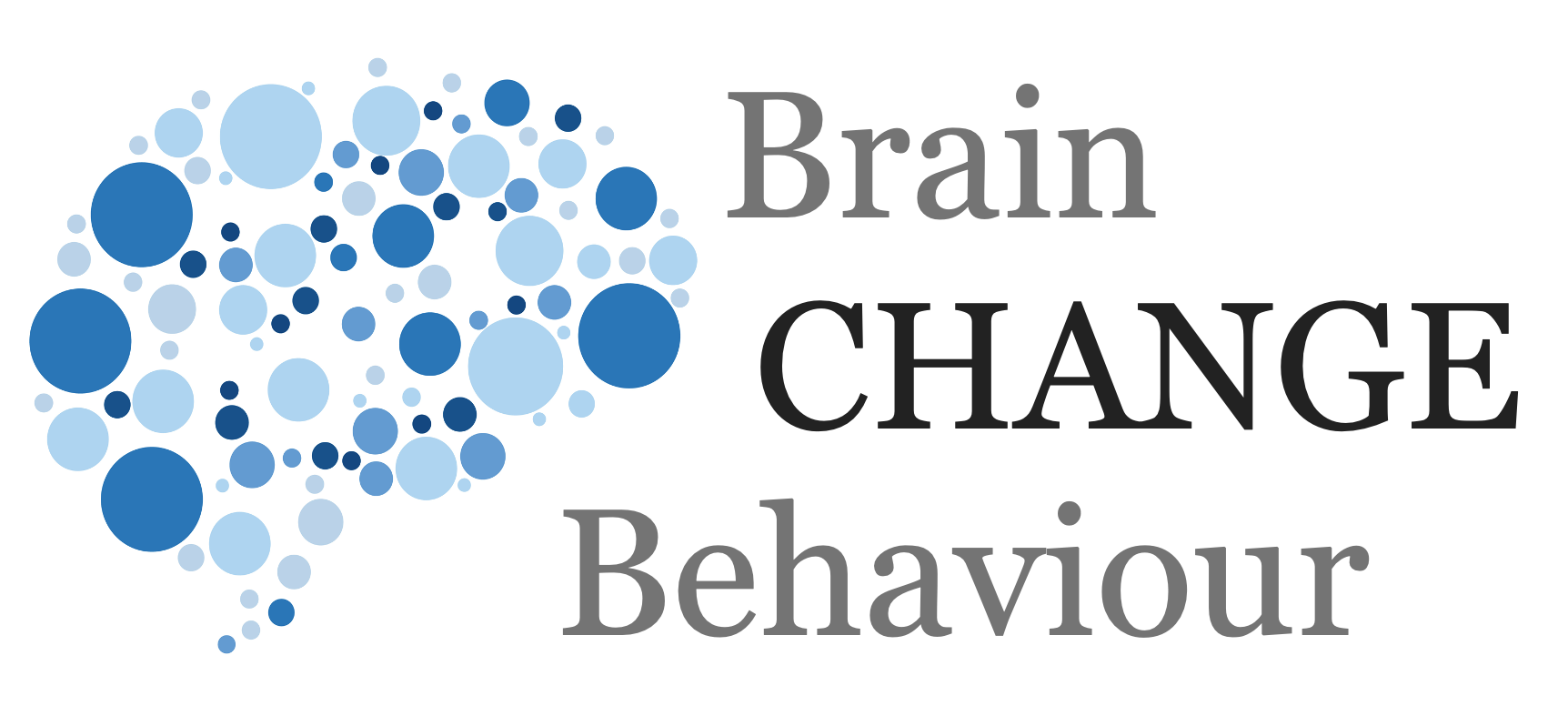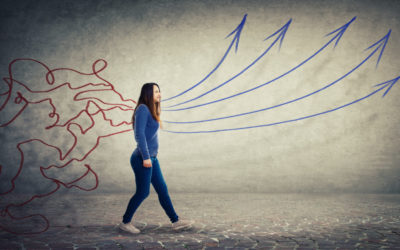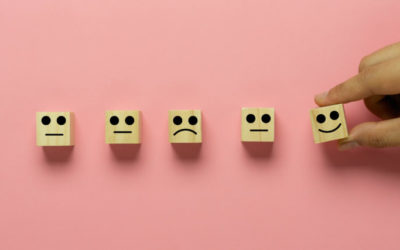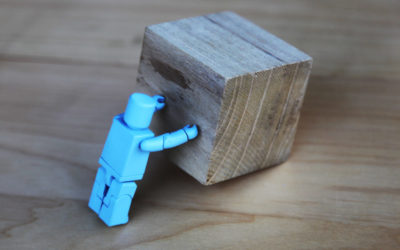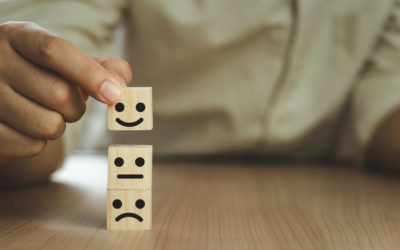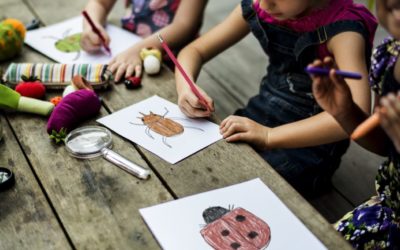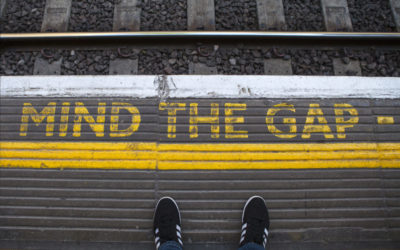,
When we get a good idea, we may know it is a good thing. And because we know it is a good thing we may then falsely assume – without really thinking this through – that everybody thinks this is a good thing.
Scaling ideas and getting people to use your product, do your thing, is dependent on how many people are attracted to this thing or idea. And as we know human beings are diverse people in diverse environments (that is the representativeness of the situation problem).
This could vary along many dimensions: Personality, age, race, personal interests, previous experiences. They may even be things you haven’t even thought about. John A. List talks about being part of a team designing a preschool curriculum to help underprivileged kids get up to speed and increase their opportunities. Parental support was a key to this programme. What they noticed was that this programme worked well with Hispanic families better than for white or black ones. Sounds a bit strange – were Hispanic parents more caring or involved than white or black parents? No. But Hispanic families were more likely to live in multigenerational households and therefore the grandparents could also give the additional support.
This, however, means that scaling this programme would not work very well with some parts of the population.
In business this means that you need to know who you are trying to change, or scale an idea, or behaviour to, and also to whom it works or doesn’t. In business what is noticeable, in comparison to many governments, is that when setting about a new process or idea or change programme there is very little data collected on the who. This should, and could, for example, include personality traits, and multiple other factors.
In marketing this is a common practice, creating profiles of ideal or potential customers, but this is far less common in internal change initiatives.
Simple Takeaways
-
- Understand who will likely change / or not
- Collect data on multiple levels such as personality, age, culture
- Rather than trying to change a large diverse population aim to change/target specific groups (and move from group to group)
© leading brains 2022
Reference
More Articles
Don’t Try to Change Minds – Change Behaviour
Don’t try to change minds but simply change behaviour is the result a group of researchers have come to with regard to vaccinations.
Introduction to SCOAP
SCOAP is a complete model of human motivation, behaviour, and wellbeing, summarising over a century of research into the human brain, human psychology, and human behaviour in all contexts.
SCOAP Needs
These are basic human needs which means fulfilling them is essential for human wellbeing and therefore also that having them unfulfilled or violated lowers human wellbeing. These also direct human motivation and subsequently human behaviours.
SCOAP Motivation
Much has been written about motivation and there are many (false) assumptions to motivation also. So let’s start with a simple definition of motivation.
SCOAP Behaviour
Behaviour is about doing things, actions. That is obvious, but there are many grey zones to behaviour. For example do we class breathing as behaviour, or heartbeat, or sweating?
SCOAP Change
As you will have seen with SCOAP, this gives a comprehensive model of human needs, motivation, and behaviour. We can therefore use this to guide behavioural change interventions.
The Undermining Effect
Rewards sound like a good way to instigate behaviour you want. In our world we often think of financial rewards. Good idea, right?
Well, no, rewards can actually lower motivation.
Making Change Stick
The sustainability question, or problem, is ultimately the biggest and most important question or issue.
The Value-Action Gap
The value-action gap has multiple other names: attitude-behavior gap, intention-behavior gap, KAP-gap (knowledge-attitudes-practice gap) or belief-behavior gap.
It refers to the gap between what people often say they value and their subsequent actions or willingness to meaningfully contribute to this value.
Uncertainty Changes Behaviour (But Boiling Frogs Doesn’t)
Why do people make random and unpredictable decisions when uncertainty arises (such as buying toilet paper at the start of a pandemic)?
